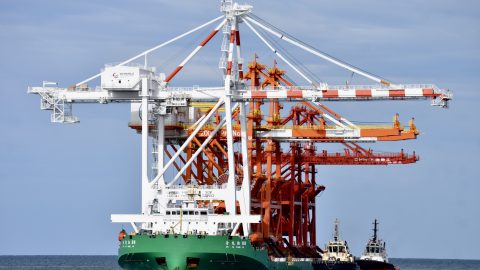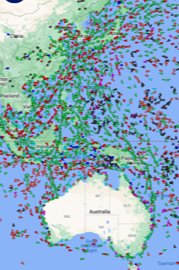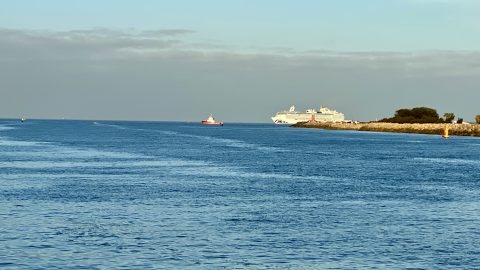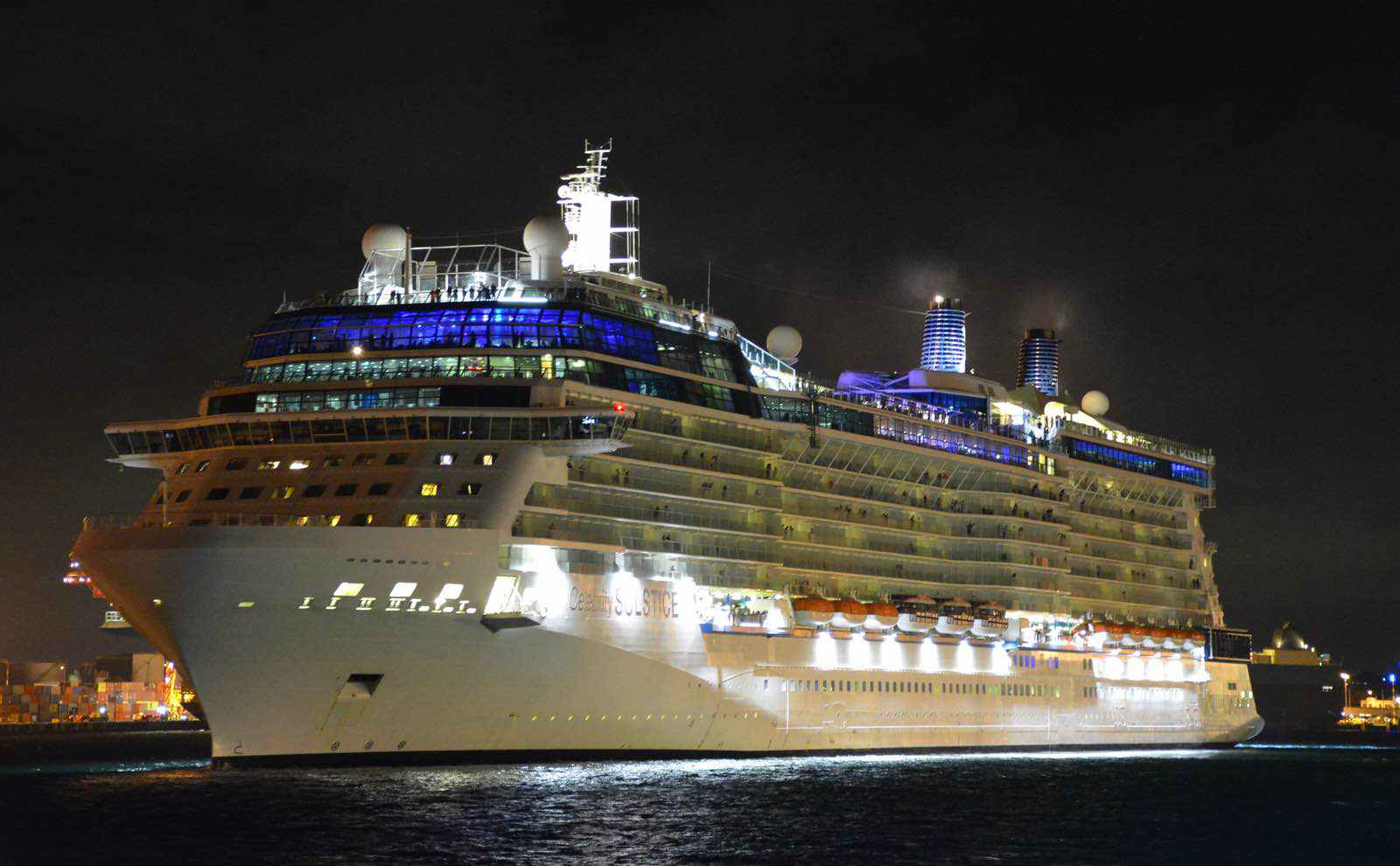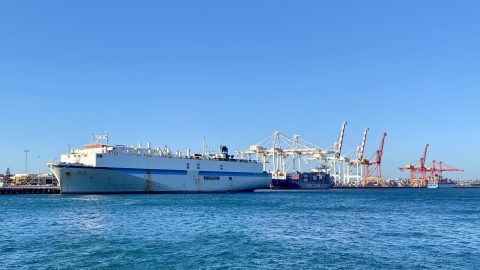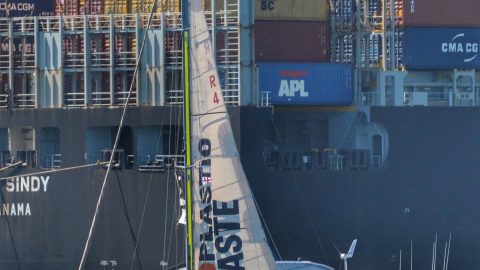Approaching Banda Island on Seabourn Sojourn at sunrise was a surreal moment.

In an earlier Conversation with ship’s guests I had shown the image of a print view of the island produced around the turn of the seventeenth century, eighty or ninety years after the Dutch East India Company imposed a bloody rule over the population.
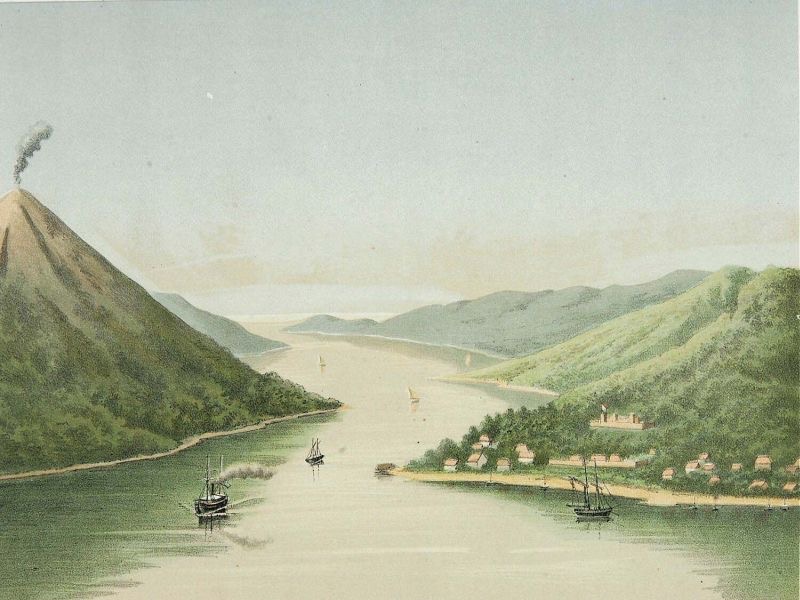
Now, as we approached from the same aspect of that print, the sun rose reflecting the still-active volcano and the tiny but similarly still-active port that four hundred years ago was effectively at the centre of world trade and wealth.
The northeast flight distance from Perth to Banda is about 3,300 kilometres, roughly the same as to Sydney so underlining Western Australia’s strategic proximity to Asia, especially its so-called “Southeast” region (remembering that descriptions like “Far East” and “West Indies” were applied from and in the interests of metropolitan Europe and the United Kingdom).
Interestingly, Banda is also 2,500 kilometres from the Indonesian capital of Jakarta, further reminder of how big and culturally diverse is our northern near neighbour.
But while Western Australians are more familiar with the 2,500 kilometre flight from Perth to Bali, long an important cultural centre, Banda is now almost totally unknown to the rest of the world bar avid divers and snorkellers.
Yet while Ferdinand Magellan was not aboard the only surviving ship of his around the world expedition arriving back in Spain in 1522, having died in a battle near Manila in the Philippines, it’s cargo paid for the entire venture several times over, igniting European interest in that cargo’s source point.
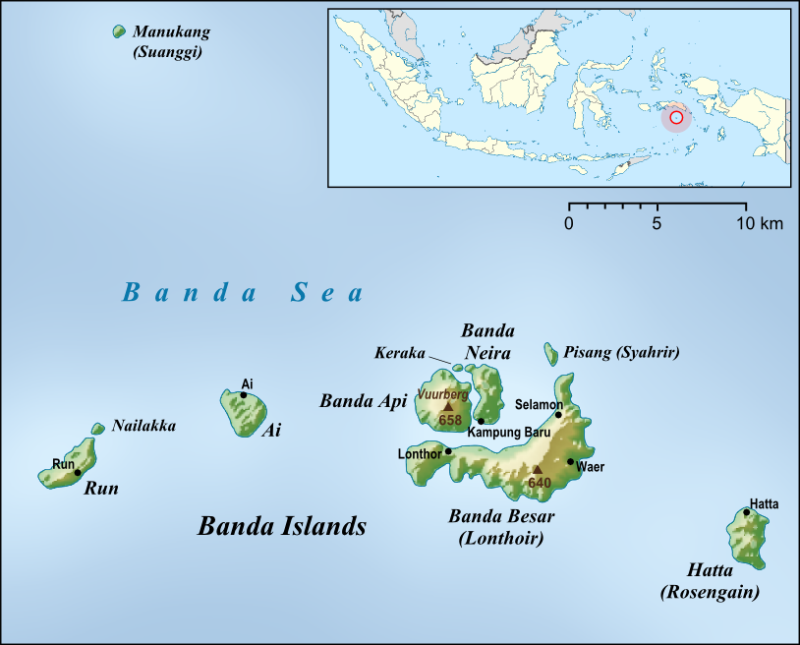
That was tiny Banda and nearby islands known collectively as the Malakus or Moluccas, then the world’s only source of nutmeg and mace, the must-have spices in Europe along with cloves from the same region.
For the rest of the sixteenth century Spain, Portugal, the Dutch and the British jostled for control of the trade and the Moluccas, the Dutch butchering their way to superiority with the Banda Massacre in 1621. Because the smuggling of nutmeg plants and secret trading of the spice by local people threatened the Dutch East India Company’s monopoly, local commander and fonder of Batavia/Jakarta, Jan Pieterszoon Coen effectively ordered that the local population be wiped out. Of 15,000 people, just 1,000 escaped this onslaught that was spearheaded by Japanese mercenaries hired by agreement with the Tokugawa Shogun and recruited mainly from Hirado where the Dutch East India Company had a prime base.
With contemporary revisioning of colonial pasts, a statue erected to Coen’s memory in his Dutch hometown of Hoorn has been toppled at least once.
In a sadly ironic twist, Western Australians remember nearby Ambon more than Banda because of the summary execution there of more than three hundred Dutch and Australian Gull Force troops by Japanese troops in 1942, and the subsequent death marches endured by the remaining prisoners of war.
Today, remnants of that long Dutch presence that lasted until 1949 are strewn across Banda. In one of the village’s main streets, a couple of old Dutch cannon barrels lie forgotten in grass by a fence. A couple of hundred metres away an intact small cannon guards a fork in the road. Throughout the town, civic building and houses alike share the Dutch architectural heritage.
Views down alleyways and passages yield glimpses of more architectural gems with long histories.
The Cilu Bintang Estate hotel occupies a wonderfully renovated Dutch East Indian Company and is run by a couple with long lineage through generations of traders and merchants. The building is complete with Dutch East India Company (VOC) crests and stands opposite a seventeenth century and restored well that commemorates the 1621 massacre.
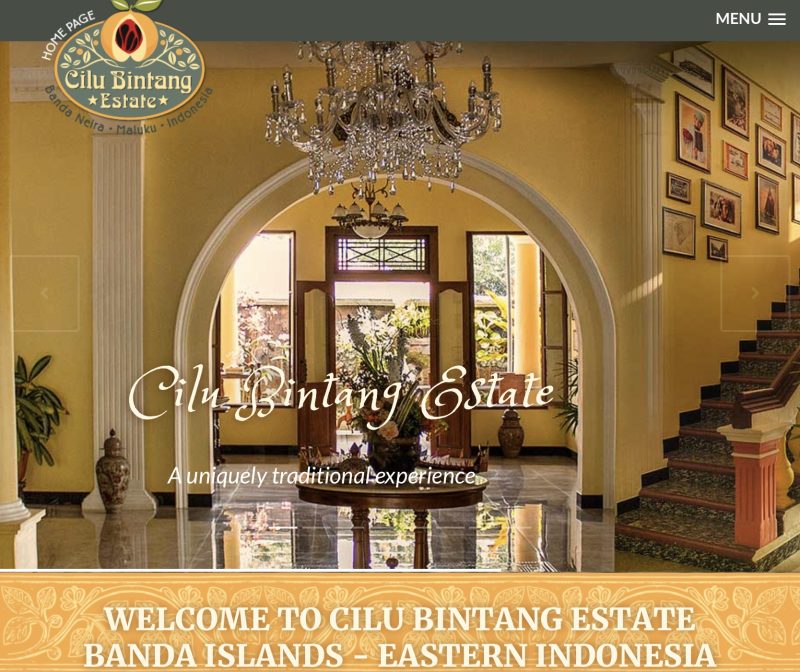
That hotel stands behind one and below the other of the two Dutch forts that signify both the longstanding nature of the Dutch presence and the trading seriousness of that presence that, nevertheless, declined from the early eighteenth century as transplanted nutmeg flourished elsewhere in the world, notably Grenada in the Caribbean, and as passion for the spice declined.
Now the island is left with fishing, petty trading, some subsistence farming and the increasing presence of cruise ships. Sojourn’s arrival was big news in Banda and Ambon with civic receptions featuring music and dance recitals and full civic receptions. In the middle of Ambon city, some distance away from the dock, a large banner welcoming the ship and its personnel dominated a major intersection.
Ambon, incidentally, has declared itself a “City of Music,” and that is celebrated in a series of statues around a major park that capture musical heritage of all types.
Many smaller cruise ships are now visiting more of these out of the way places, allowing guests to see some more “authentic” life and customs, and on this trip that was highlighted perhaps in Kupang on West Timor as well as in Dili in Timor Leste. For many first timers to this part of the world it was simultaneously enriching and confronting, but the warmth of local people confirms that not all the world is the sad place that global politics currently reflect.
By Brian Stoddart.
~~~~~~~~~~~~~~~~~~~~~~~~~~~~~~~~~~~~~~~~
* Don’t miss more feature articles by Brian Stoddart right here!
** If you’d like to COMMENT on this or any of our stories, don’t hesitate to email our Editor.
*** WHILE YOU’RE HERE –
PLEASE HELP US TO GROW FREMANTLE SHIPPING NEWS
FSN is a reader-supported, volunteer-assisted online magazine all about Fremantle. Thanks for helping to keep FSN keeping on!
**** Don’t forget to SUBSCRIBE to receive your free copy of The Weekly Edition of the Shipping News each Friday!

